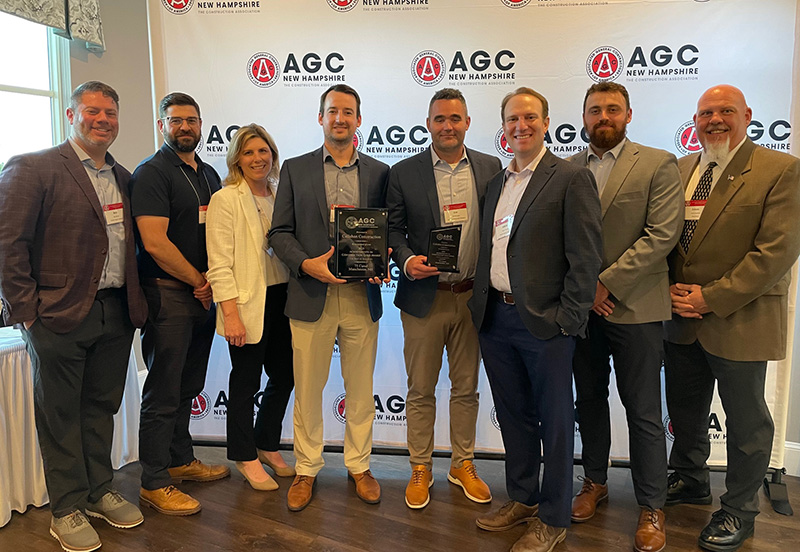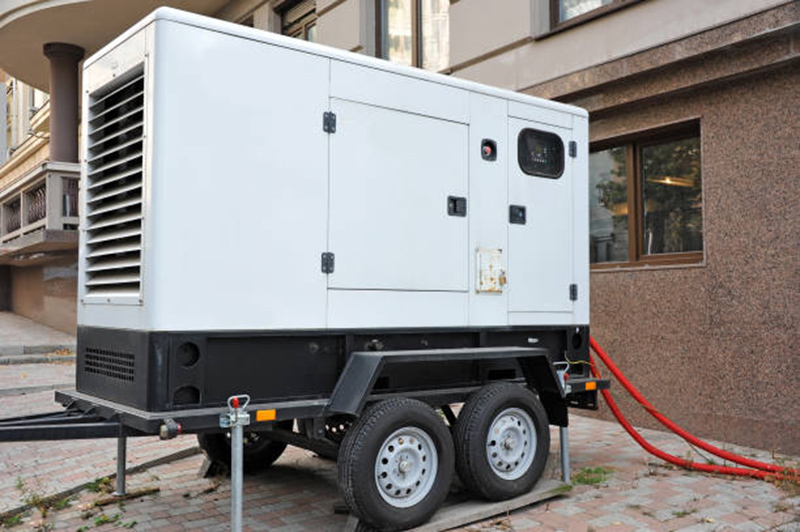News: Construction Design & Engineering
Posted: May 15, 2014
Get that pole outta here: Dealing with the utilities
Your project manager calls you the day before the start of demolition and excavation. He hasn't succeeded in moving an ancient utility pole and its wires from the site of your new office building. What's a developer to do?
At the last minute, not much. Utility poles and wires won't disappear overnight. But careful planning could save you significant costs.
What to Do
* As soon as possible, determine who owns the poles and wires. Check the pole for tags or other ownership marks. If the pole reveals no clues, contact the electric and telephone companies that serve your area. If neither claims the pole, it's possible that whoever owns the land owns the pole too.
* Contact the real estate or engineering departments of each utility that's using the pole. Identify the right personnel up front and initiate the removal and relocation process without delay. Learn what engineering the utility must perform, and what permits the utility needs, in order to meet your project's demands. If there are multiple users of the pole, find out who will coordinate their work.
* Determine whether the pole and wires are on your property. If there is an ALTA/ACSM Land Title Survey of the property, the answer should be plain.
* Learn whether the poles or wires are lawfully on the property. If no one can find a deed granting the utility the right to install its poles and wires, the utility may have to move them at its expense. (But don't celebrate if a standard 50-year title search finds no evidence of a right of way. Utilities have been collecting easements since the late 1800s. Keep checking.)
* Question the utility's solutions, especially if the utility is asking you to pay for them. A utility recently told one of our clients that all relocated lines would have to go underground. After we proved that the utility's pole was unlawfully on our client's property - and that the utility would have to pay for the work - the utility found a faster and cheaper solution.
* Insist that the utility be clear about its plans. Remain engaged with your utility contacts. Get critical dates and other information in writing. Monitor the proposed work schedule, and follow up with slowpokes.
* Work with local permitting boards and neighbors. Your reputation and contacts are often better than the utility's.
* Document your costs. No one wants to sue a utility for illegitimate delays, but if it comes to that, you'll need to prove what you did to avoid delay and how delay hurt your project
What Not To Do
* Do not attempt to demolish or remove the poles and wires on your own. Utility work can be dangerous for you, your contractor and the public. And if you damage the utility's property, or cut your neighbors' utilities, expect a hefty bill.
* Do not agree to pay for removal and relocation if you doubt whether the pole is lawfully on your property. If the utility refuses to proceed without payment, and you need the pole removed immediately, make payment subject to a reservation of your right to contest the expense later.
* Do not stand idly by if the utility delays removal. Resolve removal and relocation issues as quickly as possible. If there is insufficient time to relocate poles permanently, ask about temporary solutions. Under the right circumstances, wires may be moved to a temporary mast or fencing, allowing your construction to proceed.
Michael Vhay and Matt Campbell are attorneys at Ferriter Scobbo & Rodophele in Boston.
MORE FROM Construction Design & Engineering
Nobis Group awards Robinson and Moreira STEM scholarships
Concord, NH Nobis Group, a 100% employee-owned consulting firm specializing in engineering and environmental solutions across the Northeast, has named the recipients of its 2025 STEM Scholarship: Andie Moreira of
Columns and Thought Leadership

Ask the Electrician: Is summer a prime time for commercial electrical maintenance?
The answer is “Yes!” While January marks the official new year, many businesses view September as a fresh start. This makes summer an ideal time for commercial property owners to schedule long-term electrical maintenance projects.

The rise of incubators and co-working spaces: The latest in life sciences - by Matt Combs
In recent years, the life science industry has witnessed a shift in how companies operate and innovate. One of the key driving forces behind this transformation is the emergence of incubators and co-working spaces specifically tailored to meet the unique budget and schedule needs of startups.

Careers in Construction Month focus on training and safety - by Joe Camilo
October is Careers in Construction Month, and rarely has it been more consequential. According to our chapter’s national parent organization, the construction industry needs to attract half-a-million new workers in the coming year to meet demand. Addressing that need is a huge job, but we at ABC MA are trying to do our part.

The design-build advantage: Integrated interior design solutions - by Parker Snyder
When it comes to corporate interior spaces for both commercial and industrial projects, partnering with a design-build firm with in-house interior design services can offer clients many benefits. Unlike traditional delivery methods where interior designers operate independently from the design and construction teams, often creating a longer project timeline as cost negotiations and revisions ensue







.png)
